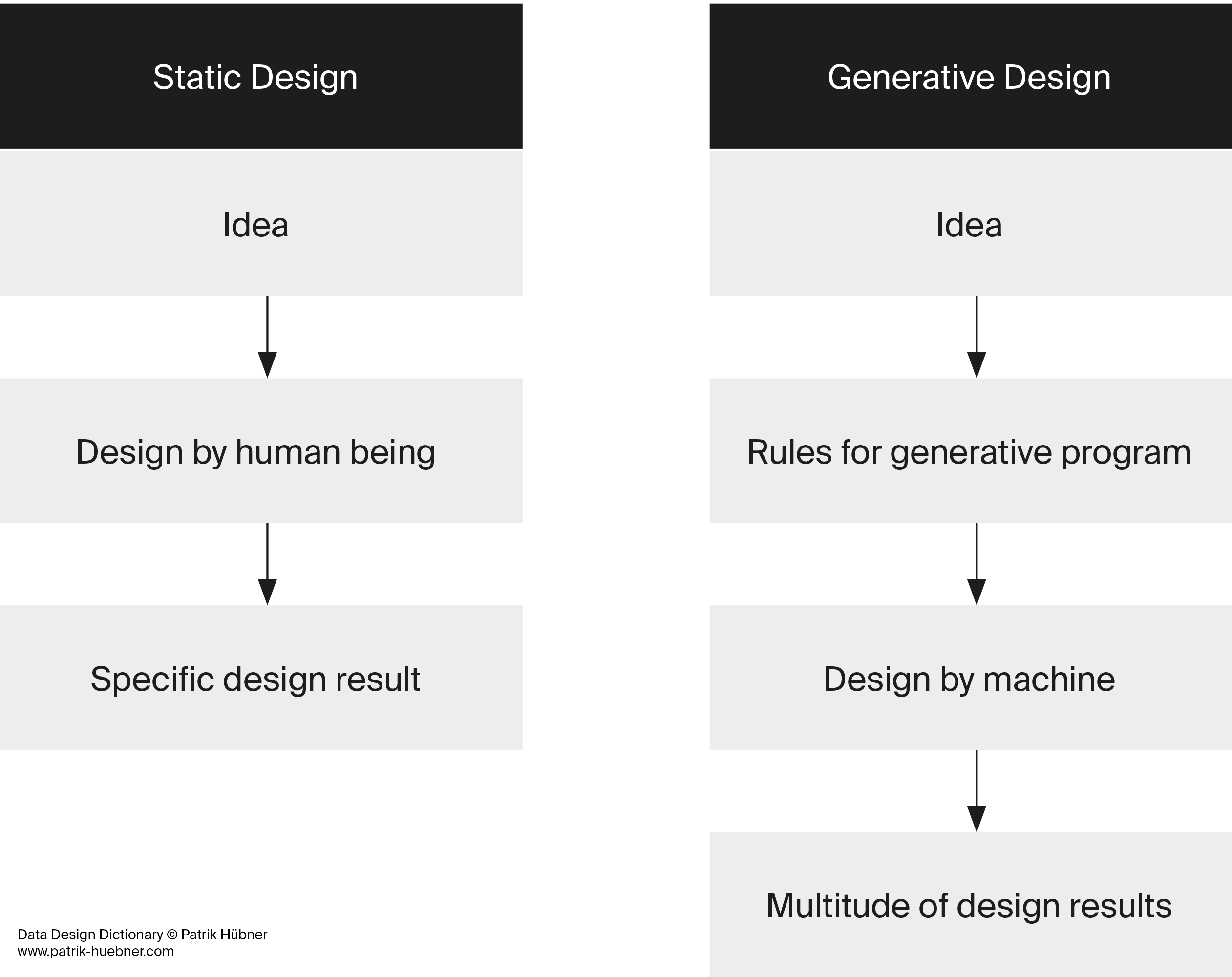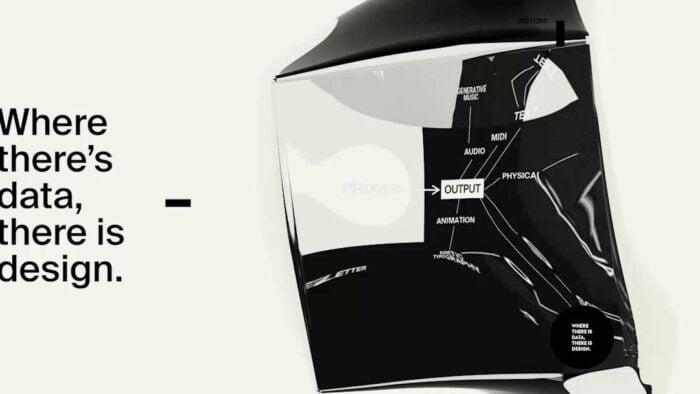Map of relevant entites and relationships
{
“nodes”: [
{“id”: 1, “label”: “Platonic Idea”, “title”: “The central concept of non-material, eternal, and unchanging forms.”},
{“id”: 2, “label”: “Physical Manifestations”, “title”: “The ever-changing and infinite amount of forms the platonic idea can manifest as.”},
{“id”: 3, “label”: “Realm of Forms”, “title”: “The abstract realm where these perfect forms exist.”},
{“id”: 4, “label”: “Eternal”, “title”: “A characteristic of the Platonic Idea that it exists forever.”},
{“id”: 5, “label”: “Unchanging”, “title”: “The Platonic Idea doesn’t change over time.”},
{“id”: 6, “label”: “Non-material”, “title”: “The Platonic Idea is not made up of physical matter.”},
{“id”: 7, “label”: “True Reality”, “title”: “Represents the idea that the realm of forms is the true reality, as opposed to the illusory physical world.”},
{“id”: 8, “label”: “Sensible world”, “title”: “The sensible world is merely an imitation or shadow of these perfect forms.”}
],
“edges”: [
{“from”: 1, “to”: 3, “label”: “Belongs to”},
{“from”: 1, “to”: 4, “label”: “Is”},
{“from”: 1, “to”: 5, “label”: “Is”},
{“from”: 1, “to”: 6, “label”: “Is”},
{“from”: 3, “to”: 7, “label”: “Represents”},
{“from”: 2, “to”: 8, “label”: “Contains”},
{“from”: 8, “to”: 1, “label”: “Reflects”}
]
}
This map is interactive.
Hover over elements to learn more. Click-and-drag elements to move them around.

















